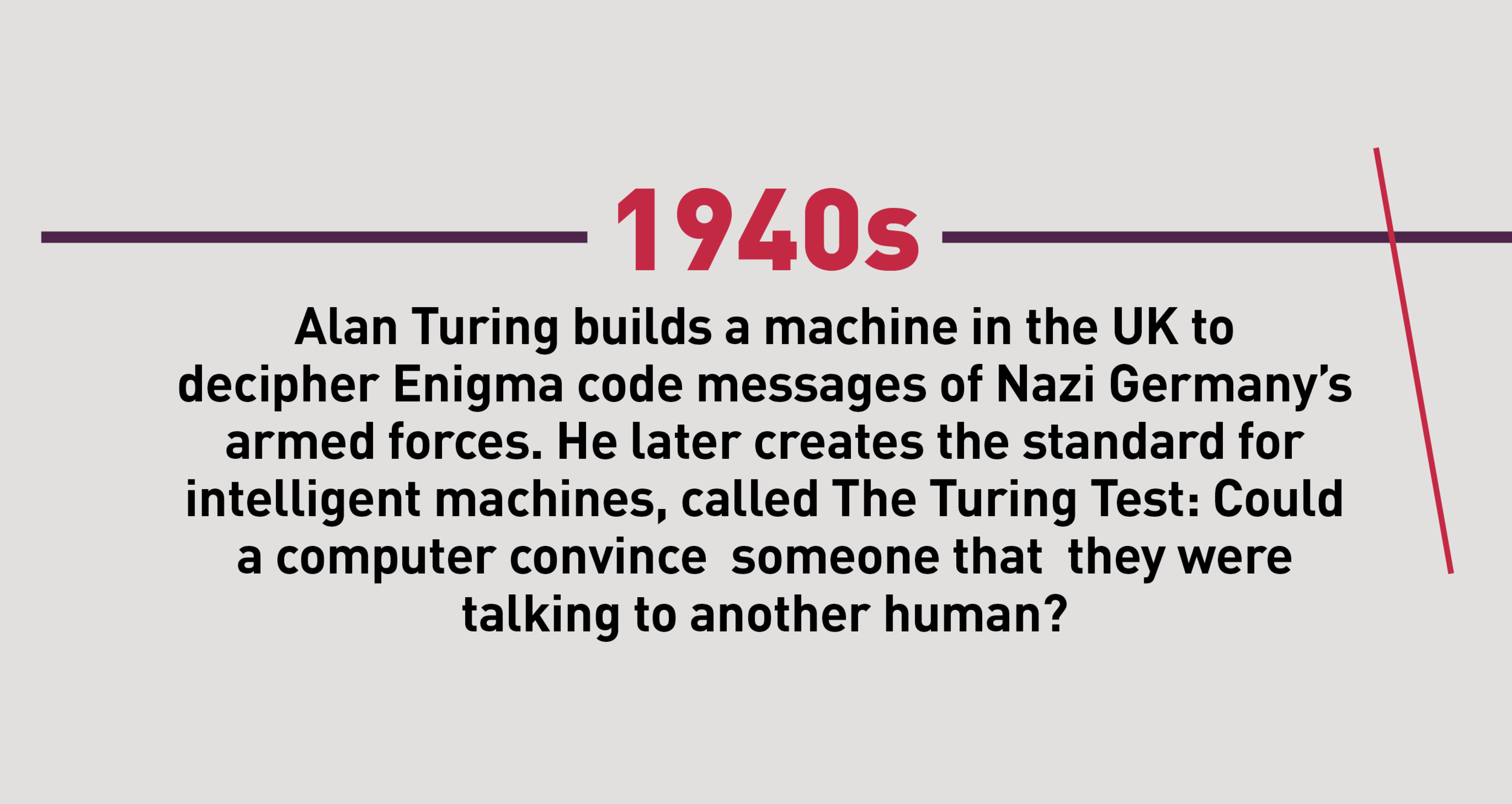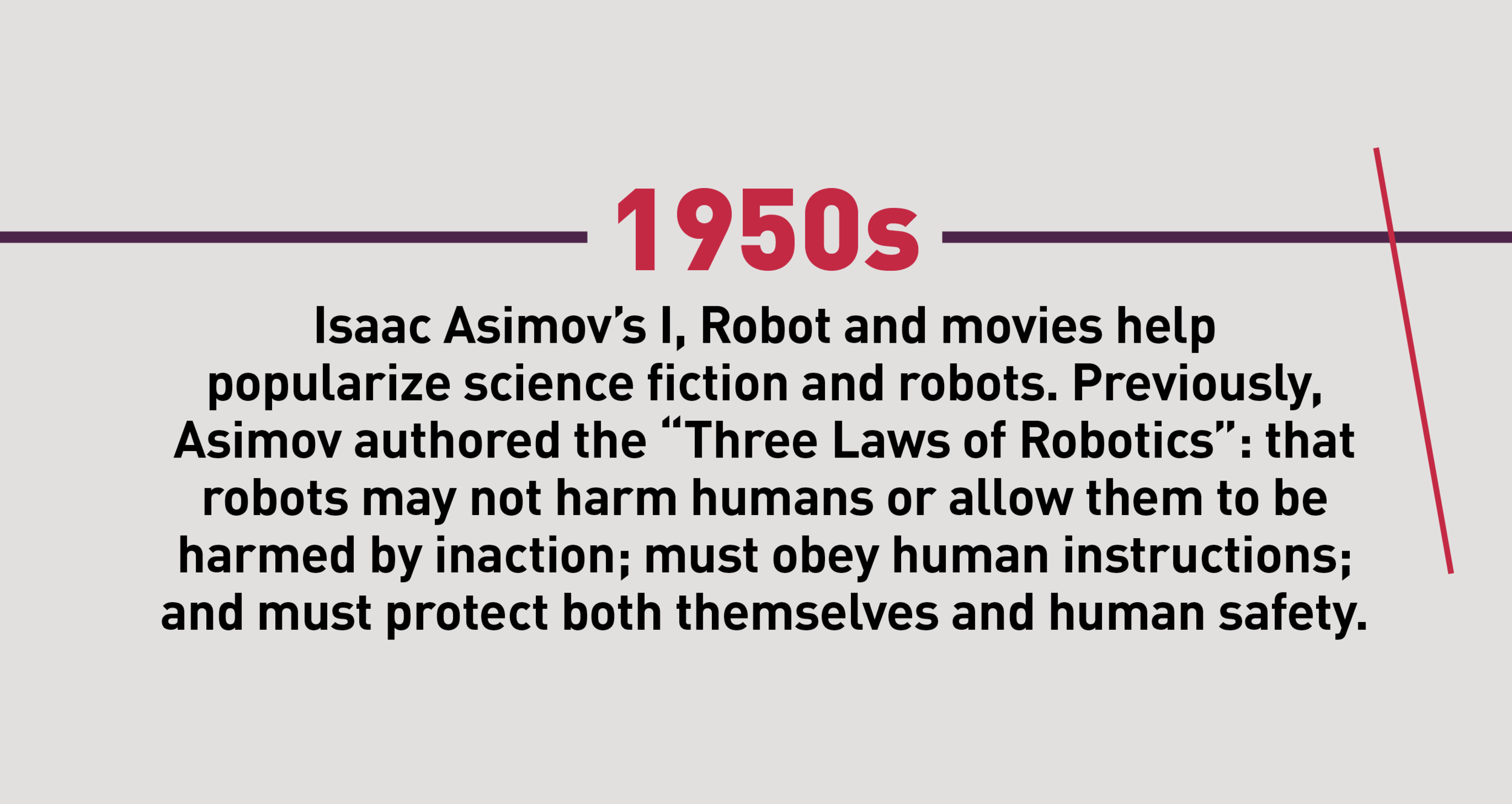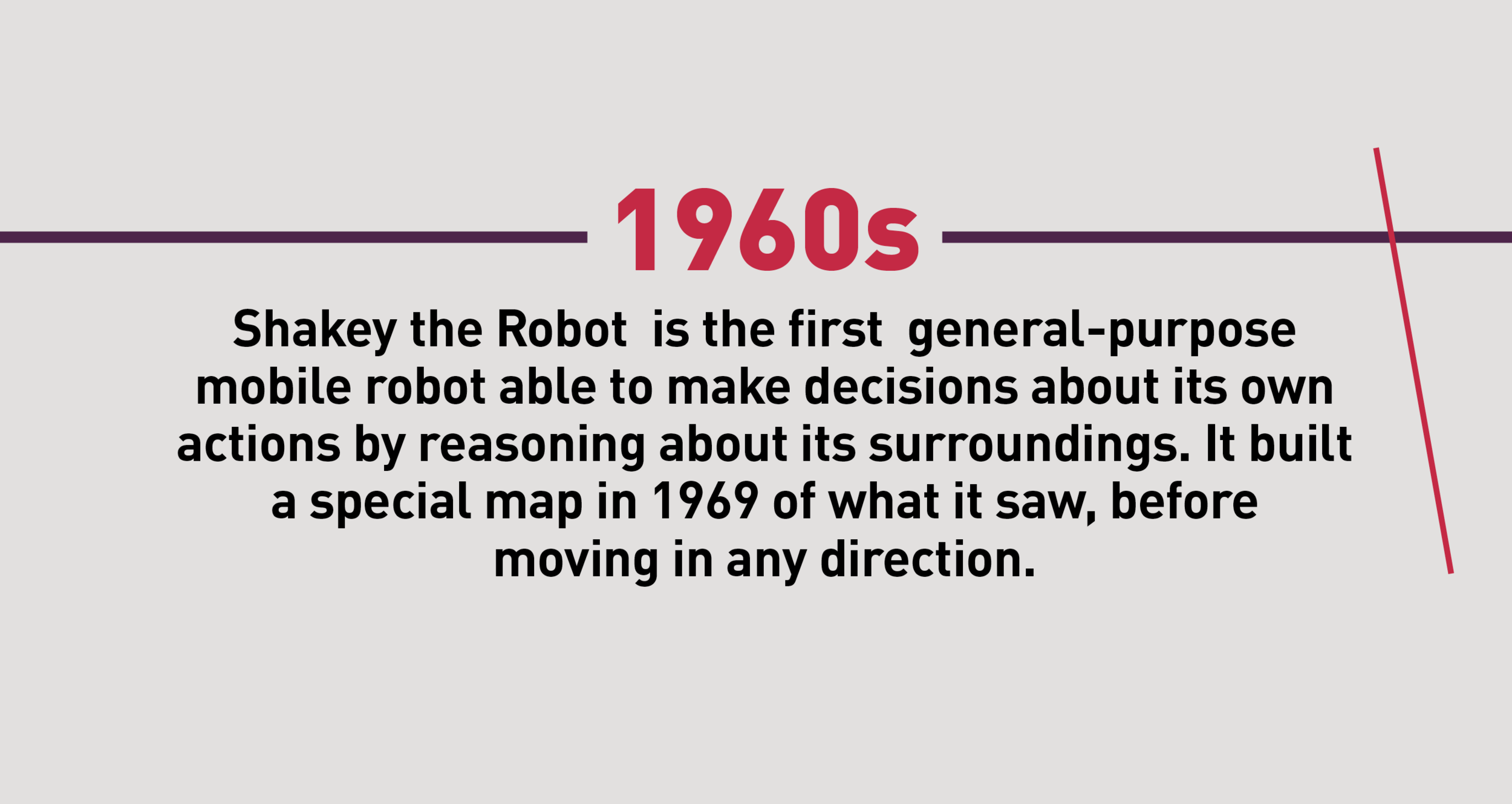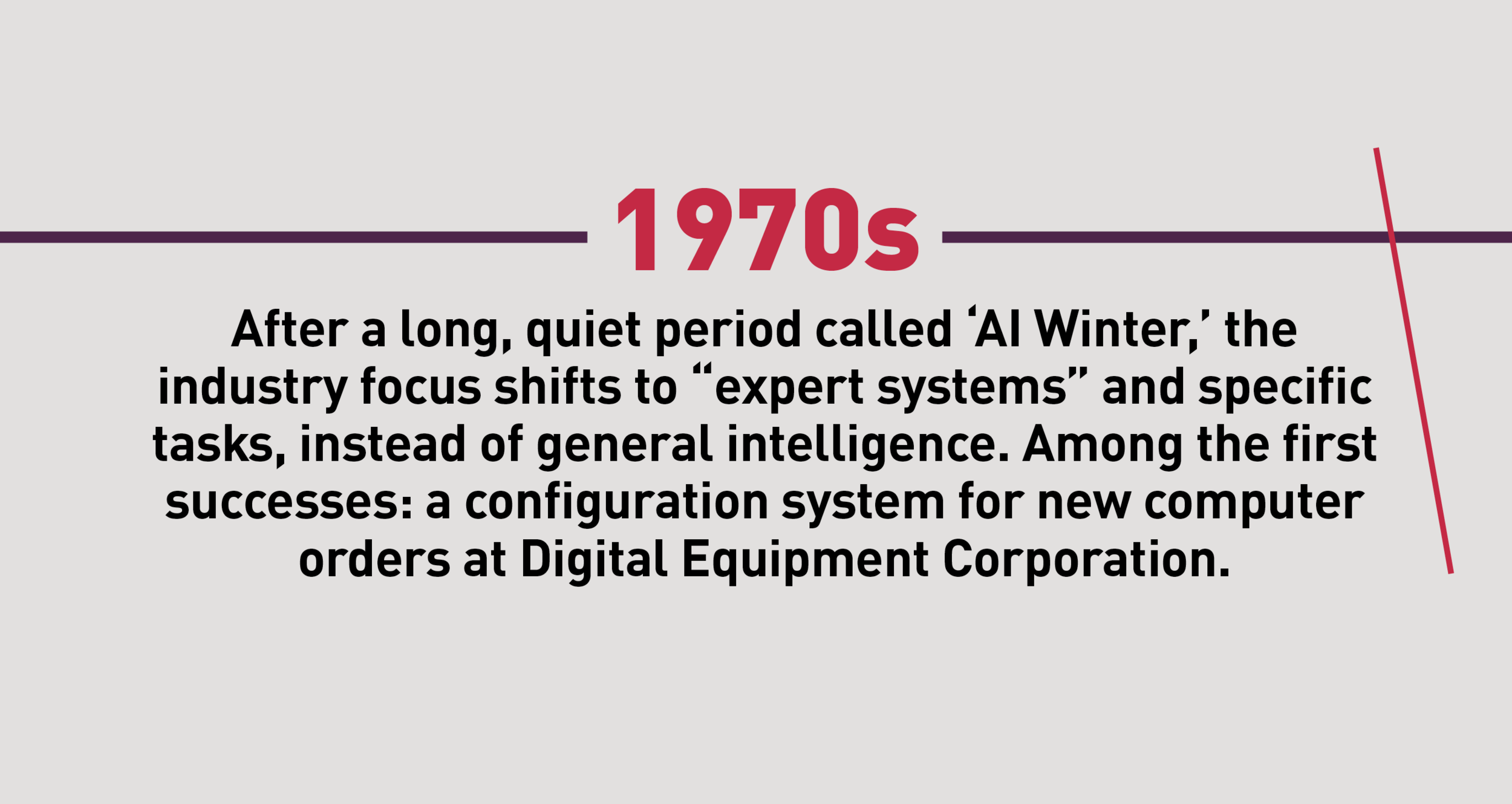AI Gets Down to Business
Companies and customers find an edge from artificial intelligence
Rowan Philp
In an interview for the Business Performance Innovation (BPI) Network, Ronny Fehling, head of Data Driven Technologies at Airbus Group, explained discreet functions of artificial intelligence (AI), such as machine learning and voice recognition, have been automating aspects of daily business for years—particularly for back-office efficiency. But when H&R Block launched a customer-facing ad campaign touting its use of the IBM Watson platform, industry experts marked a watershed moment.
H&R Block set itself apart by pledging to find every possible deduction for individual tax returns using Watson’s AI smarts, saying to the public, “Use our service, because of AI; because it provides an edge.”
AI is having a moment—creating momentum and brand value for companies.
Of course, consumers know some AI by other names: Siri, Alexa and Cortana as ‘intelligent agents,’ or YouTube and Netflix recommendations. In retail, hikers looking for the right jacket on The North Face website will find a recommendation based on AI-computed factors like the location and season of their destination.
Dario Debarbieri, chief marketing officer for Watson Customer Engagement at IBM, says 2017 signals a conceptual shift for both customers and C-suite executives.
“Enterprises are coming to understand that AI implementation is not overwhelming—the entire H&R Block implementation took less than seven months,” he says. “That TV commercial was an incredibly wise move by the CEO, because the impact for the brand is massive—it’s a true differentiation.”
A tipping point has been reached, he says, where enterprise uptake of AI tools is being driven by its unique access to the information treasure trove known as unstructured data, and the computing power to sift through it all and learn as it goes.
For a growing number of companies, fear of a misstep using AI has been replaced by FOMO—fear of missing out. There’s a sense that AI protects you from becoming a sucker. Debarbieri predicts the curve of AI adoption will accelerate during the next few years.
“There’s a sense that AI protects you from becoming a sucker.”
“We have been talking about Watson for a while, but it’s taken time for people to understand the applications of the technology,” Debarbieri adds.
What began as curated suggestions culled from purchase histories at Amazon, 1-800-Flowers or Netflix has grown into more subjective judgments and multifaceted choices.
Google’s goal with platforms like DeepMind is to create applications “that can see, hear and understand.” And it’s addressing the dearth of available data scientists for enterprises by introducing “pre-trained” platforms for programmers with limited data skillsets.
Off-the-shelf AI capabilities can be added to their existing software with cloud-based offerings from IBM, Google, Microsoft and others. And some new open-source deep-learning platforms may outperform the legacy brands.
Recent surveys paint a picture of 2017 as a year in which the majority of large companies will turn into some version of Skynet from The Terminator movie series–seeing and predicting behaviors based on aggregate data and predictive analytics.
According to one survey of 235 executives conducted by Narrative Science, more than one-third (38%) were already using some form of AI technology. It projected that this would rise to 56% in 2018. Another survey by RAGE Frameworks suggested that 82% of enterprise executives planned to invest “in AI technology” in 2017.
“82% of enterprise executives planned to invest ‘in AI technology’ in 2017.”
Definitions of AI vary widely, including many data-based technologies such as machine learning and predictive analytics to algorithmic applications and simple optical and voice recognition.
The situation echoes other slightly breathless surveys on new tech adoption, such as the deployment of telematics technologies for companies operating vehicle fleets. Even the most basic tracking systems tend to be included to pad the uptake numbers.
One clear signal is that current AI deployment is not replacing humans in any significant numbers, as had been widely feared.
A survey of 835 enterprise companies by Tata Consultancy Services projected a total net job loss of between 4% and 7% by 2020 in business areas directly using AI. Overwhelmingly, respondents said AI was being used for computer-to-computer functions, and to optimize human decision-making, rather than automating human roles.
Although financial services and healthcare are industries that have been slow to innovate, the objective ones-and-zeroes of finance provides a head start in AI. Thousands of retirement savers are using machine-learning systems in the growing robo-advisor category with such firms as WealthSimple, Personal Capital and blooom.
Barnum Financial Group, a division of Mass Mutual, partnered with Dream Forward, which provides an AI-driven “emotional advisor” to keep employee s from making blunders on 401(k) retirement investments. The system nudges people to reconsider after it picks up negative investment moves, and claims to “pick up tone” from investors’ texts to anticipate decisions they might regret later.
Kansas City-based blooom (link), claims to directly strip out an average of over $90,000 in lifetime hidden fees for a typical 401(k) saver, using advanced algorithms and intelligent, personalized investment software.
Greg Smith, Blooom President
Its president, Greg Smith, says that 401(k) planning is simply too complex for do-it-yourself investment, and legislative efforts are far too slow for reform, providing an ideal target for intelligent machine systems.
Instead of AI taking over decisions from humans, it is talked about as optimizing human decision-making. Compelling arguments can be made for NOT deploying certain features. For example, linking automobiles via networks to improve traffic flow could be adapted for airlines but considered too risky because of exposing hundreds of in-flight passengers at a time to potential hacking.
“Instead of AI taking over decisions from humans, it is talked about as optimizing human decision-making.”
Ronny Fehling, head of Data Driven Technologies at Airbus Group, explained that, instead, AI plays a role in product improvement and maintenance efficiency. Airbus uses machine learning to go backwards in time–trawling through the electronic and paper records of past aircraft and different models to suggest past solutions to human technicians addressing problems.
Modern passenger jets have a key property in common with humans: vast amounts of data inputs, and very few outputs. In healthcare, for an example, there can be competing sets of data with complex interpretations and outcomes. Tim Gilchrist, a fellow at the Health Innovation Technology LAB (HITLAB), is an expert in the deployment of machine learning to extract key insights from unstructured data.
Gilchrist foresees opportunities from targeted deployments, especially from open-source deep-learning platforms like H20.ai and Numenta, which provide innovative models for enterprise uptake.
With HITLAB, Gilchrist uses machine learning to find clues to risk factors far beyond what patients tell their doctors, including the mining of social media for lifestyle and environmental factors that patients themselves might never consider relevant.
“Even the same doctor describing the same patient’s condition will use very different words in his or her notes,” he says. “Or two doctors will describe drug measurements for a patient in ounces, and the next doctor will describe them in grains. Data analytics would miss those patterns; you need machine learning to find them.”
Rowan Philp reports on global business from Boston. He was chief international correspondent for South Africa’s largest newspaper, The Sunday Times, and has held fellowship positions at The Washington Post and MIT/Knight Science Journalism program.








